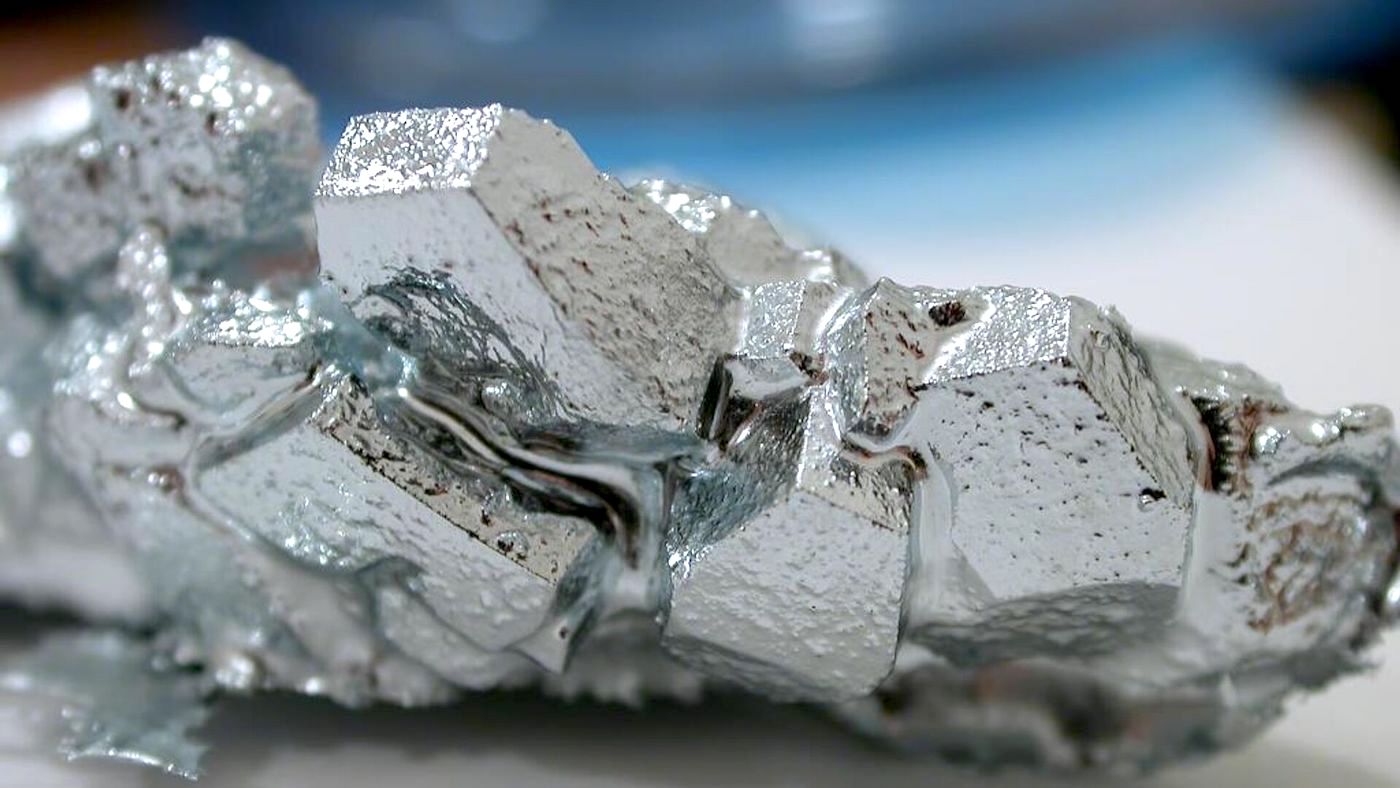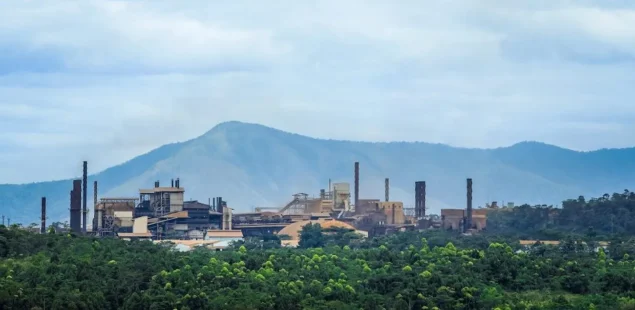
Rio Tinto, in partnership with Indium Corporation, has successfully extracted its first primary gallium as part of a research and development project aimed at establishing a North American supply of this critical mineral. The gallium was sourced from bauxite processed at Rio Tinto’s Vaudreuil alumina refinery in Saguenay, Quebec—the only alumina refinery in Canada. The initial extraction step was carried out at Indium Corporation’s research and development facility in Rome, New York, marking a significant milestone for both companies and for the North American critical minerals sector. This achievement is part of a broader effort to diversify and secure the supply chain for gallium, which is essential for advanced technologies such as semiconductors, radar systems, electric vehicles, and smartphones.
The next phase of the project will focus on refining extraction techniques and scaling up production to a pilot level. If successful, Rio Tinto plans to construct a demonstration plant in Saguenay-Lac-Saint-Jean, Quebec, with an annual capacity of 3.5 tonnes. The government of Quebec has committed financial support for the project. A future commercial-scale facility could produce up to 40 tonnes of gallium annually, representing 5–10% of current global production, which is estimated at 600 tonnes per year and currently sourced entirely from outside North America. The initiative comes at a time when global gallium supply is under pressure, particularly after China imposed export restrictions on the mineral last year.
Jérôme Pécresse, Chief Executive of Rio Tinto Aluminium, highlighted the importance of the partnership, stating that the project aims to strengthen the North American supply chain for gallium and support the region’s technological and industrial resilience. Indium Corporation’s CEO, Ross Berntson, emphasized that the collaboration positions North America as a leader in critical material production. Gallium’s unique properties make it indispensable for the manufacture of integrated circuits and other high-tech components, with demand expected to grow as clean energy and digital technologies expand.
If the pilot and demonstration phases are successful, Rio Tinto’s project could significantly enhance North America’s ability to supply its own gallium needs, reducing reliance on imports and supporting the development of advanced manufacturing sectors.



